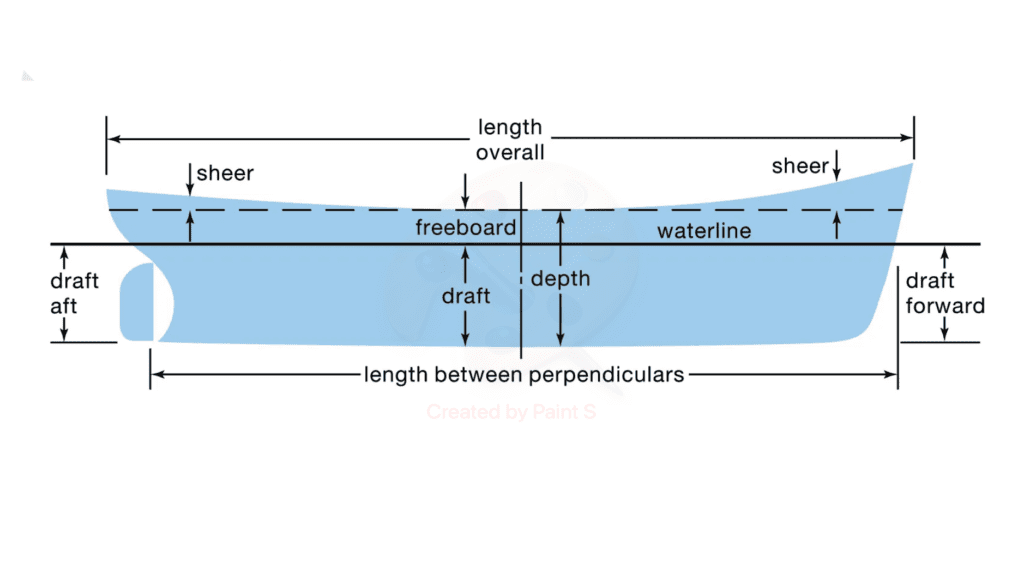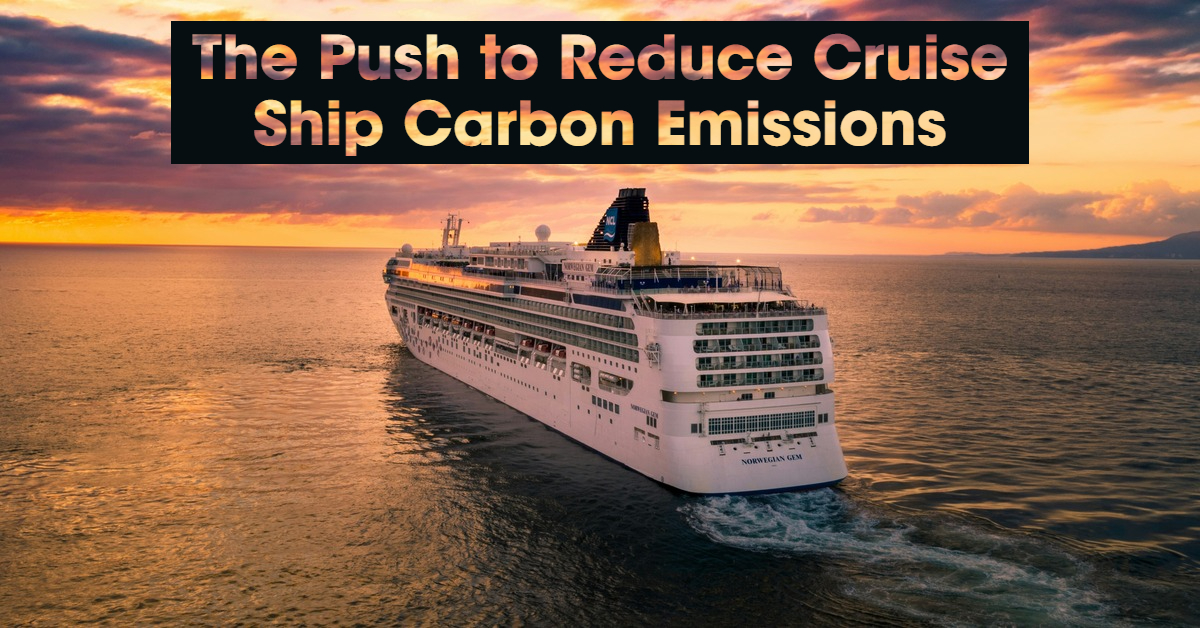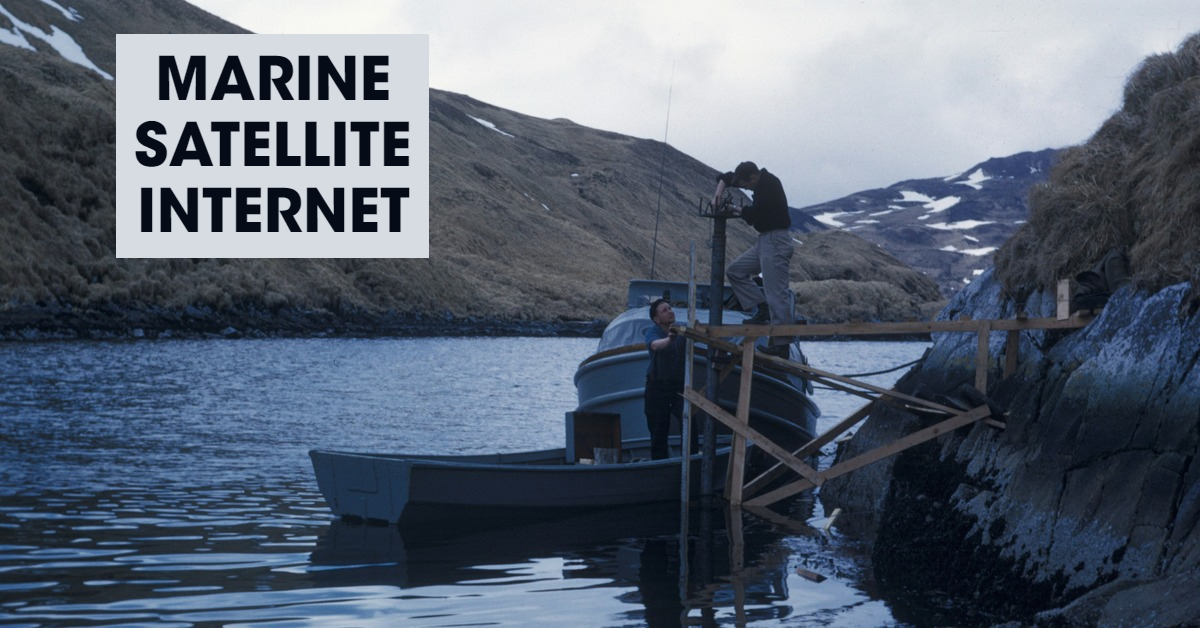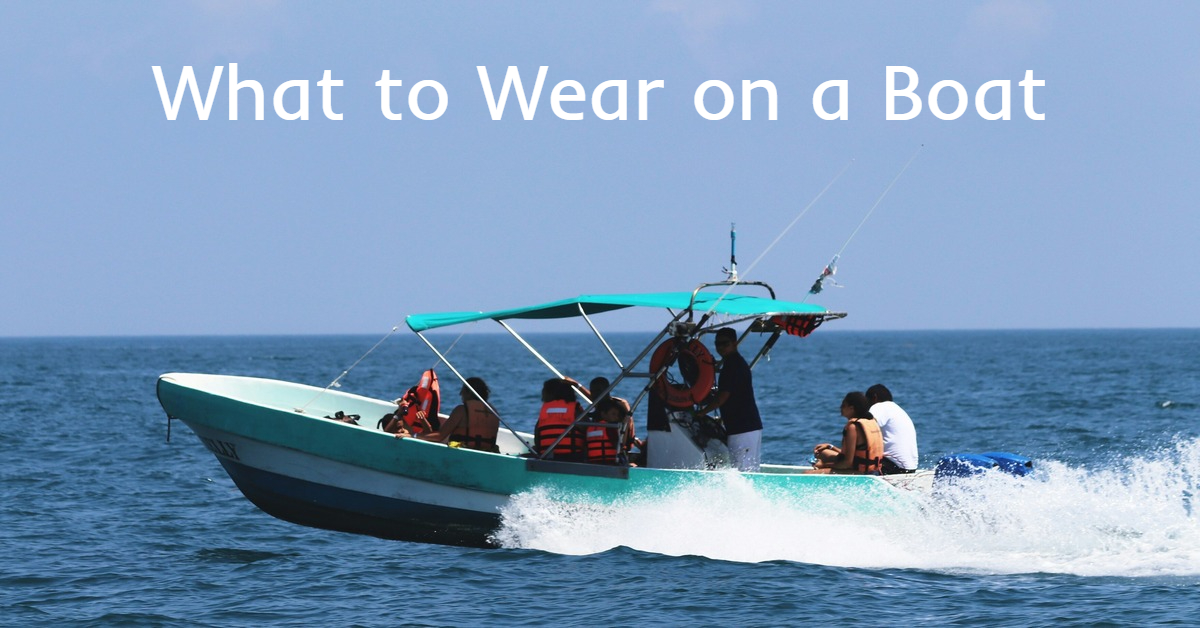The word “sheer” in a vessel comes from the old Dutch word which implies implies “upturn”. In simple words, it defines the curve of the deck line viewed from the side of the vessel.
Beauty is in the eye of the beholder, (or in this case, the designer), the sheer line is presumably one of the main lines on a vessel in terms of aesthetics and there is a substantial large school of thought among boat enthusiasts that a sheer line defines the beauty of a vessel.
There are many different types of sheers namely downward concave, convex, straight, s-curve, stepped, and so on. Sheer defines the vessel’s form & stance from every viewing perspective. The word “sheer” should not be confused with “shear” which means “translucent” (as in shear fabric) or opposing forces (as in a shearing action or a pair of shears), even though they are pronounced the same.
Other than the aesthetic part, the sheer assumes an immense part in safety too. How about we get more into subtleties?
What is the purpose of sheer?
Safety and survivability are likewise subject to sheer, in a way sheer affects the freeboard of a vessel which is defined as the height from the water line to the deck line, which is administered by classification society rules or boat building norms.
As heights are increased in both front and aft of the vessel, it adds more volume to the vessel which thereby increases the buoyancy forces, which limits the vessel from diving into an incoming wave and slows it down.
Also, the reason for raising the height of the front end of the boat can diminish the splash or green water that gets on board while moving through certain sea states or due to events slamming where the bow of the vessel plunges into the waves and can make the vessel more seaworthy. It also protects the forward machinery like winches and windlass from the waves.
Working boats of various sorts typically have a need for low topsides, and the exact location totally depends on the type of work.
Modern sheer lines are all about making more internal space without making the boat seem too tall giving it an overall low-profile stance.
Design considerations for sheer?
For merchant vessels, the sheer line is designed based on freeboard requirements proposed by classification societies.
To define a standard sheer, a parallel line is drawn to and above the DWL (Design Water Line) at a distance representing the minimum freeboard at amidships. At the forward perpendicular (FP) a point is marked at a distance of 0.0166L+0.508 (where L represents the length of the ship) above this line. Repeat at the after perpendicular using 0.00833L+0.254, normally it can be noticed that this is half the FP value. Now draw a parabolic curve through the 3 points (FP, amidships, AP) to get your standard sheer.

In practice, most designers use greater values and modern ships, have straight-line sheers for ease of manufacture. The rules are typically not applicable to smaller vessels where the designers use aesthetic sweeps which are a usual practice. Many powerboats use reverse curves, or compound curves, i.e., curves in two directions, and they can all look really pleasing aesthetically.
Forward and Aft Sheer
How much the deck rises towards the forward section of a vessel is called s forward sheer and how much it rises/drops towards the aft is called an afterward sheer.
Conventional taste admires a lively sweep in the sheer line and for this reason in some smaller boats, we can see reverse a sheer towards the aft which adds to the aesthetic beauty of the vessel and gives the vessel a stance, bringing up an aerofoil shape mostly symbolizing high-speed crafts.
What is a Sheer Strake?
Sheer strake can be technically defined as the upper section of the side shell plating. During the shipbuilding process, all the side plating’s are named and arranged in sequential order with strake numbers or alphabets, sheer strake is the topmost strake. They run longitudinally throughout the length hull.
Sheer strake is made with close considerations in terms of design and construction with respect to classification society rules as they oppose a lot of stress during the life of a vessel. They are normally made with thicker & stronger steel than the other strakes.
Should my boat need more sheer?
Well to answer this question, if you already have a boat and struggling to keep green water out in huge waves, maybe your boat wasn’t designed for such big waves. Adding on sheer to an existing boat will be a huge mess as not only it will look awkward but won’t be structurally strong and integrated with the hull, that is if you have a fiberglass boat.
If you are planning to buy a new boat, and know exactly what kind of sea states you are planning to go through it is always better to buy boats with a bigger sheer keeping in mind the aesthetics aspects also. Also, during fishing sheer can give you an advantage of giving more space to lean towards the side without the risk of falling off the boat.
- Sustainable and Luxurious: Discovering Split’s Yachting Paradise – April 26, 2024
- MarineTraffic vs VesselFinder: Which Is Better Vessel Tracking Service? – February 14, 2024
- Port Costs: A Comprehensive Guide to Port Dues and Fees for Cargo Ships – February 12, 2024




Leave a Reply